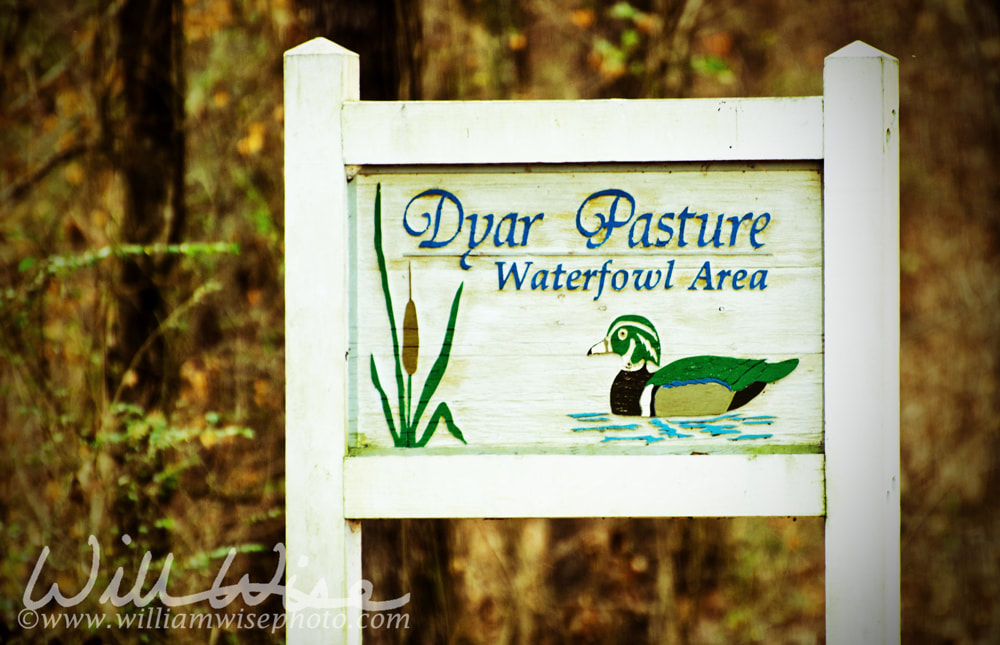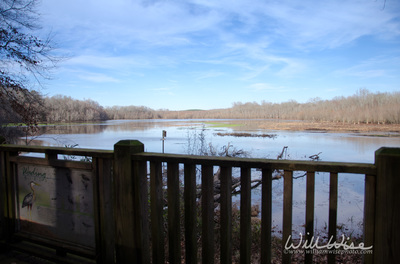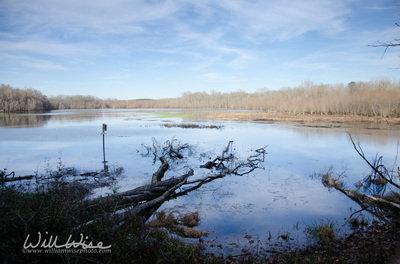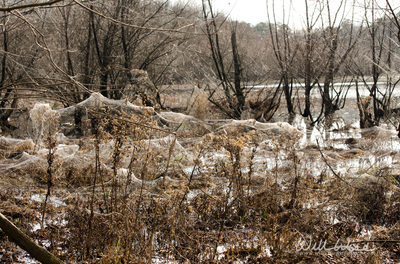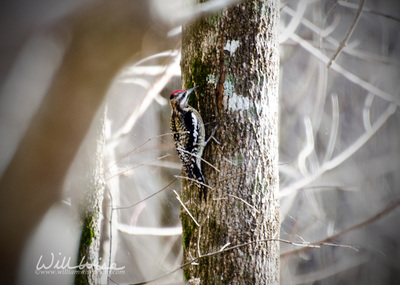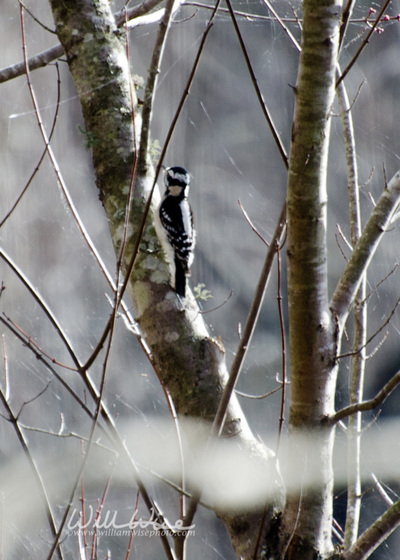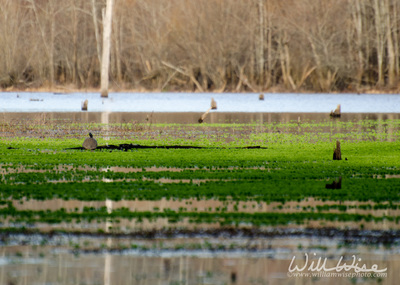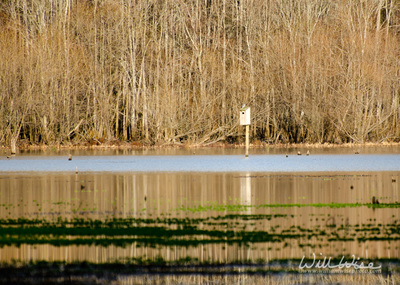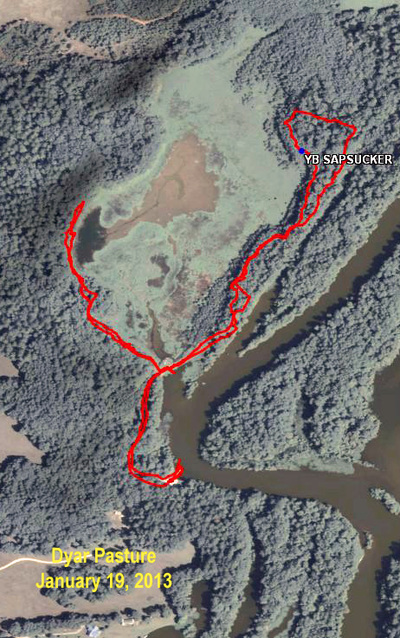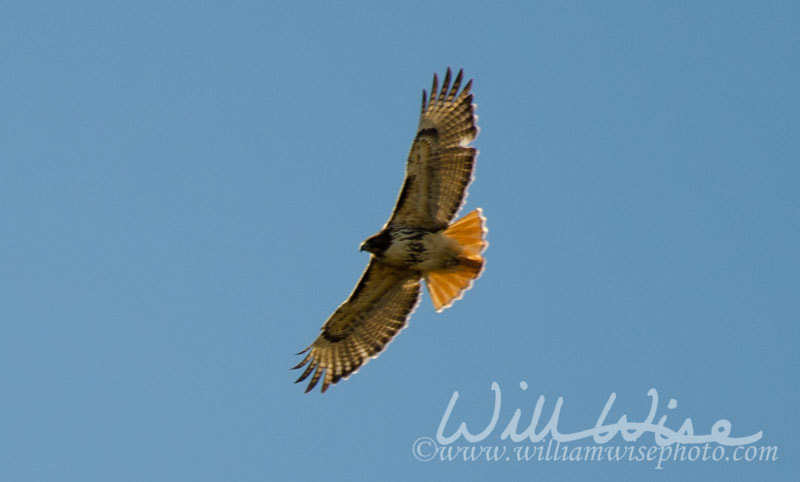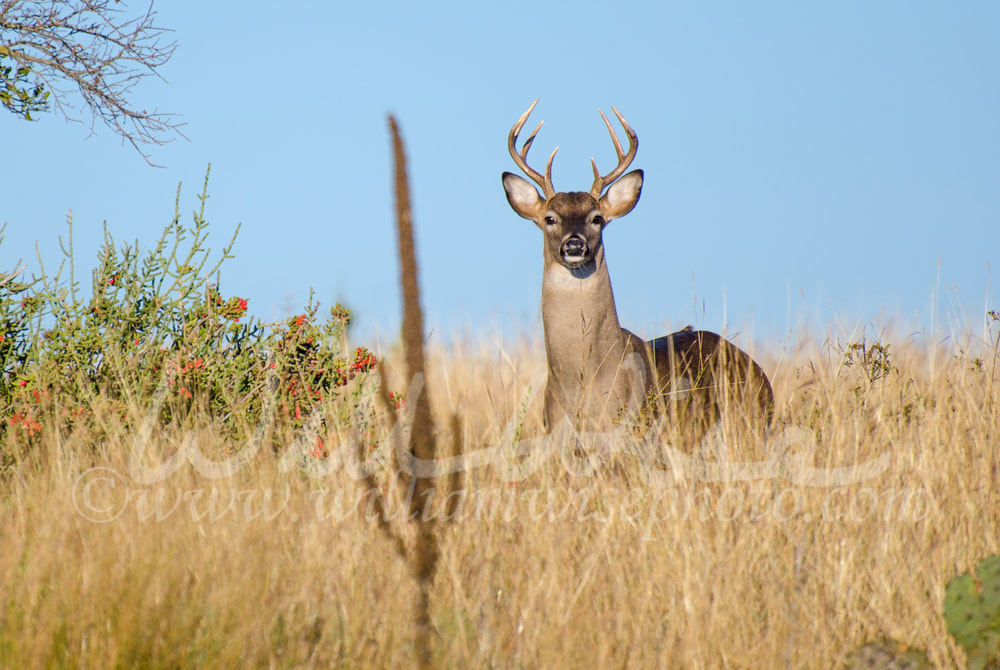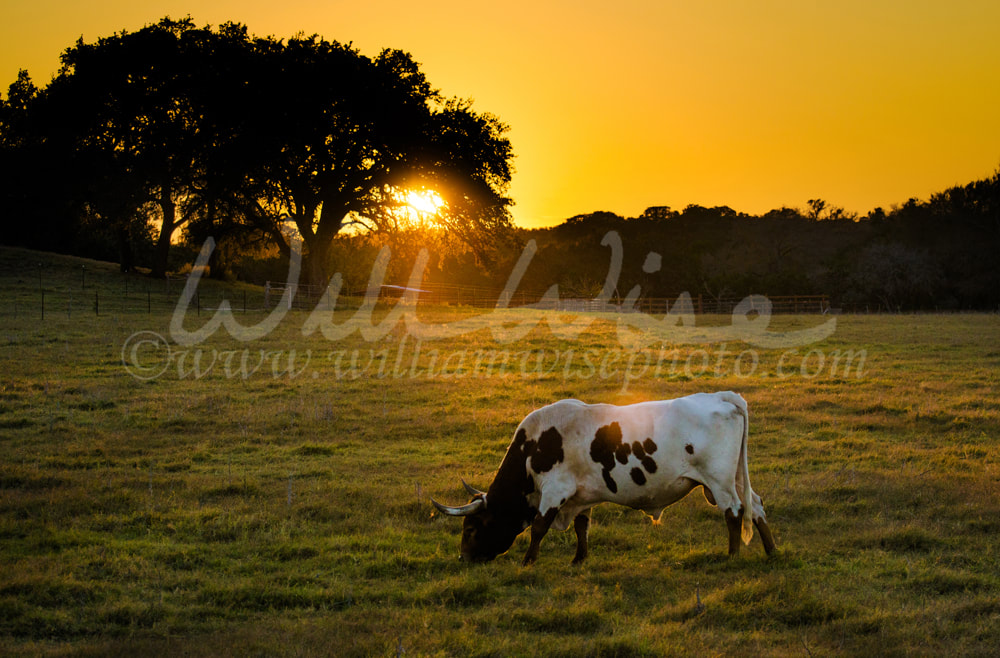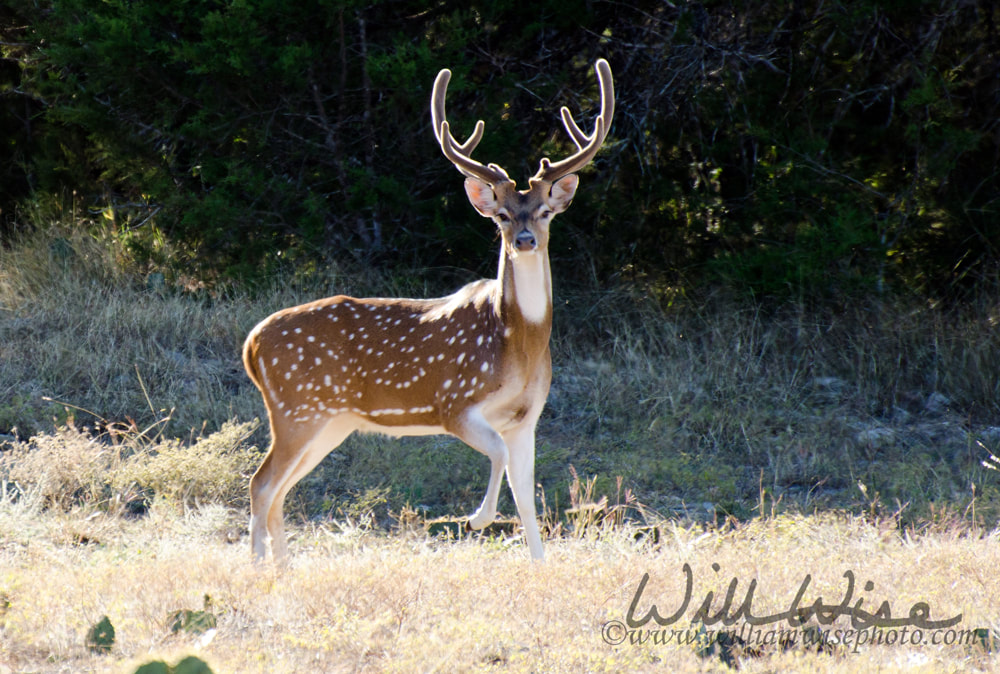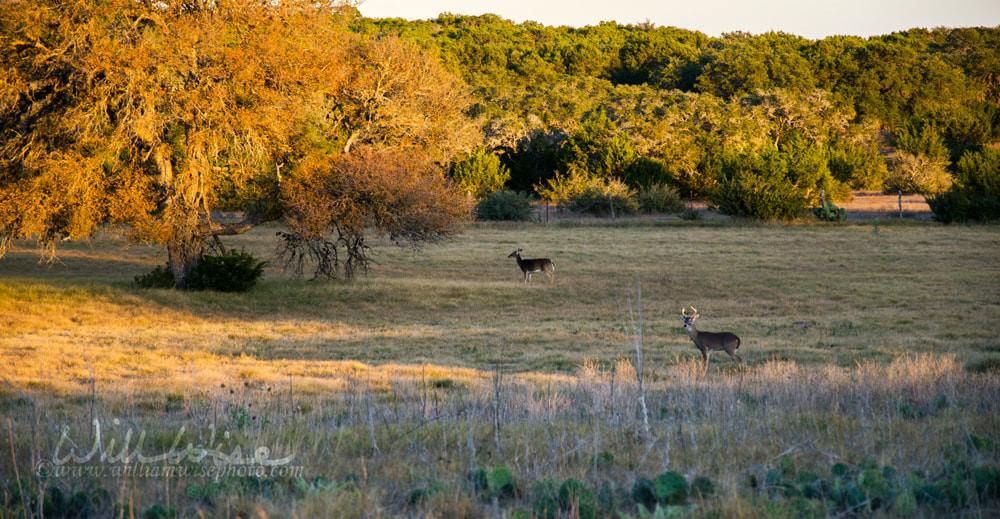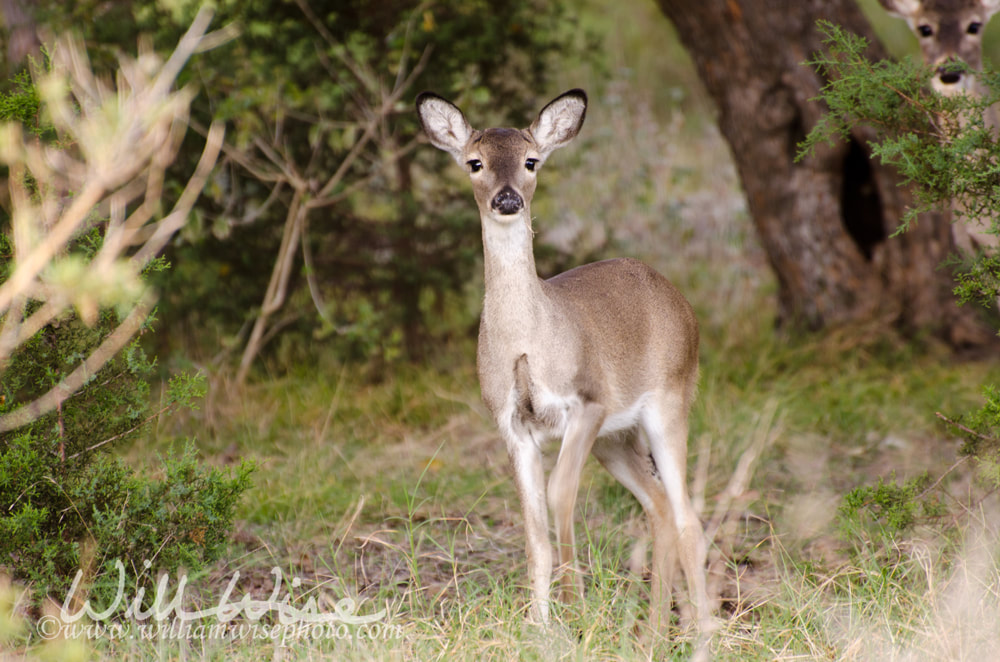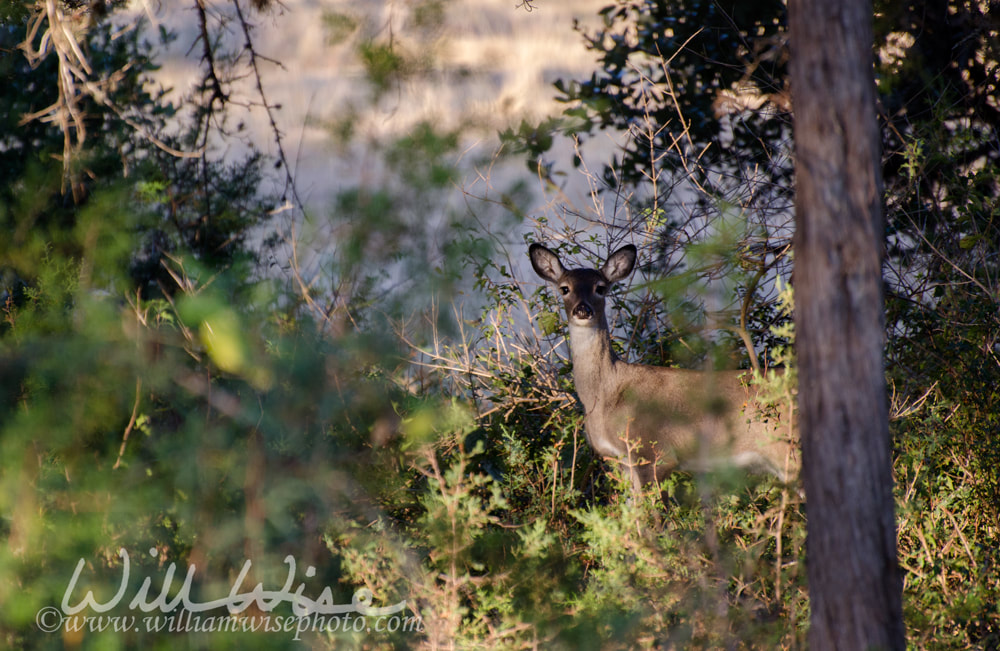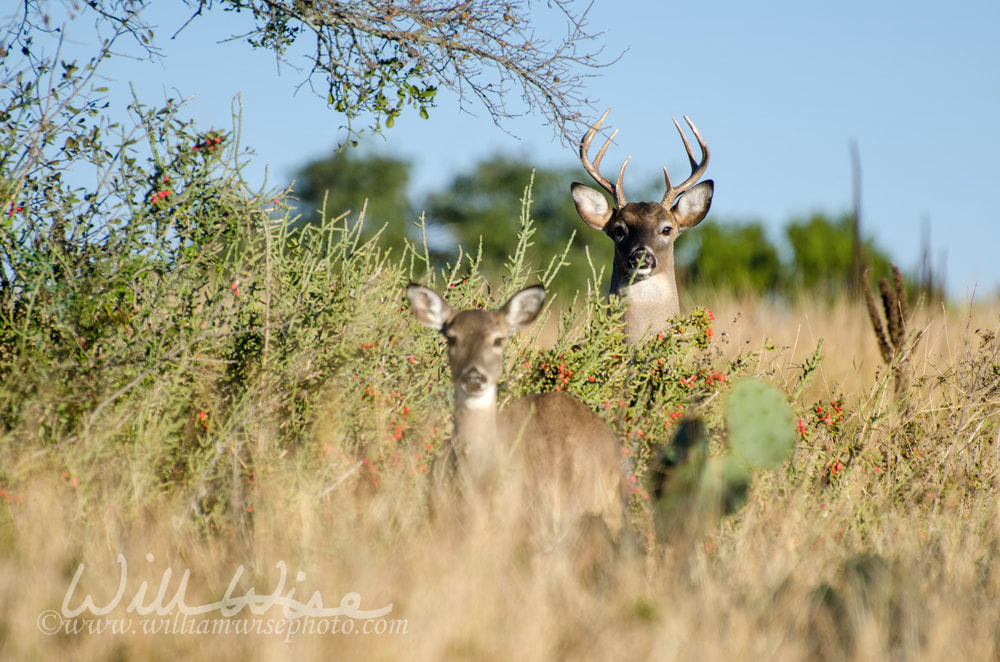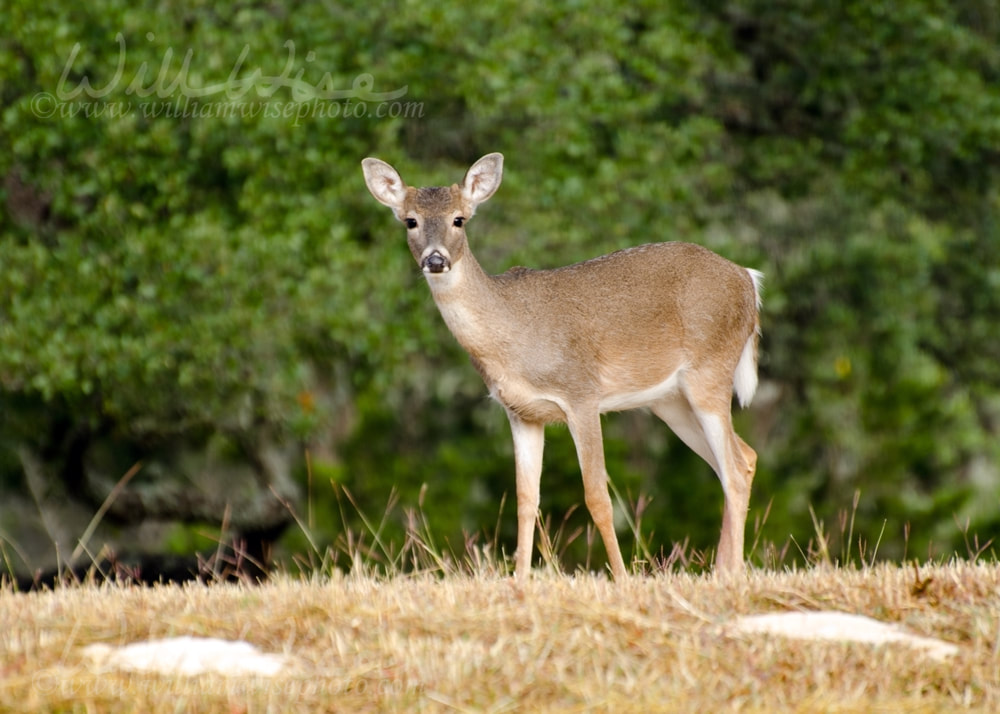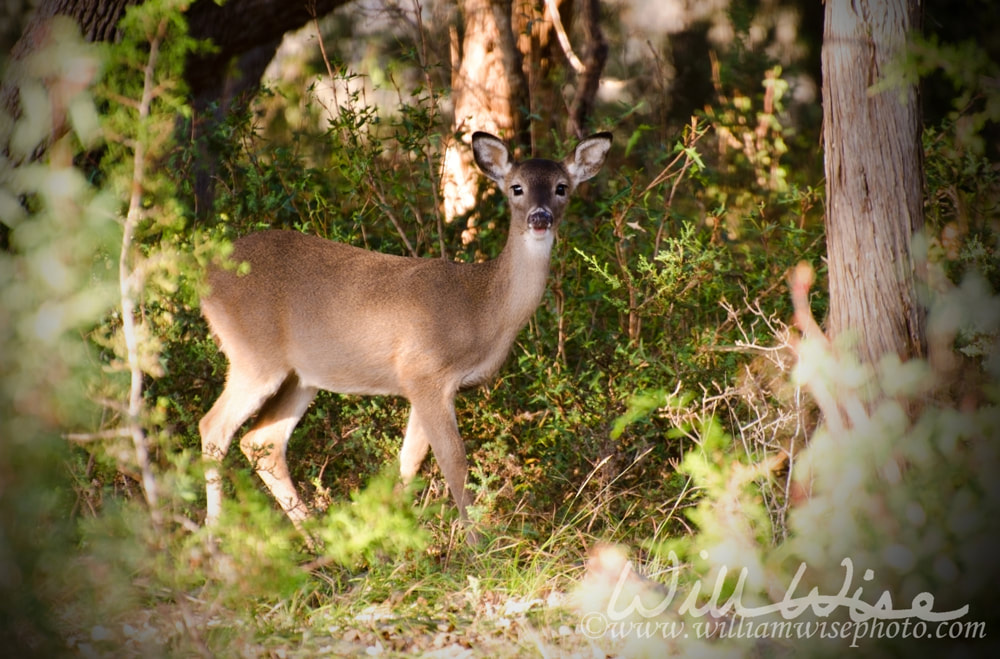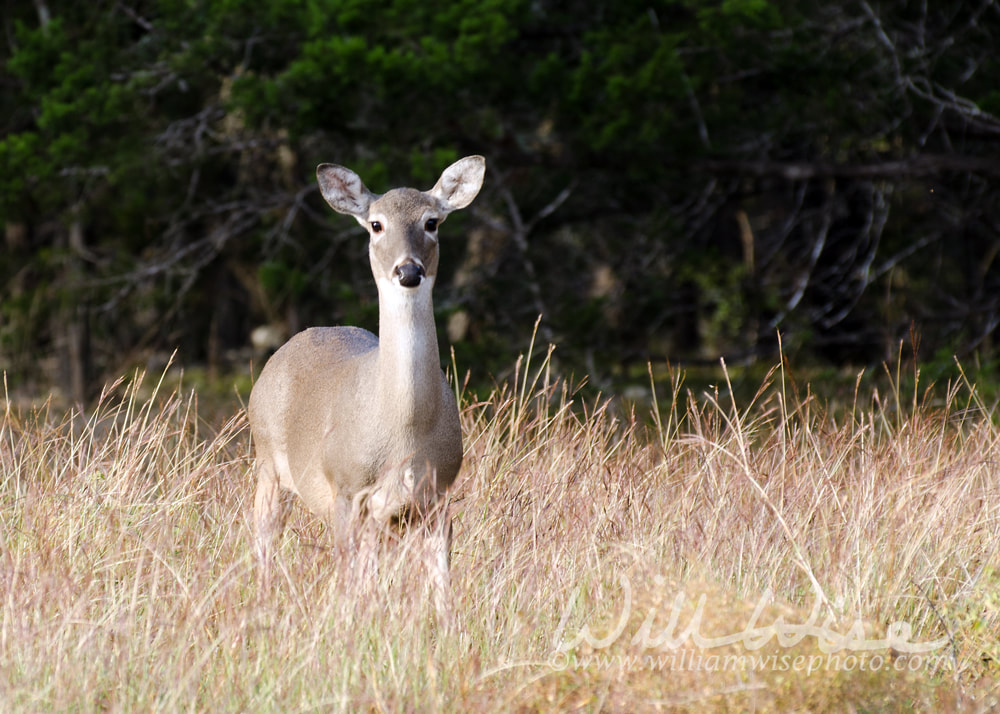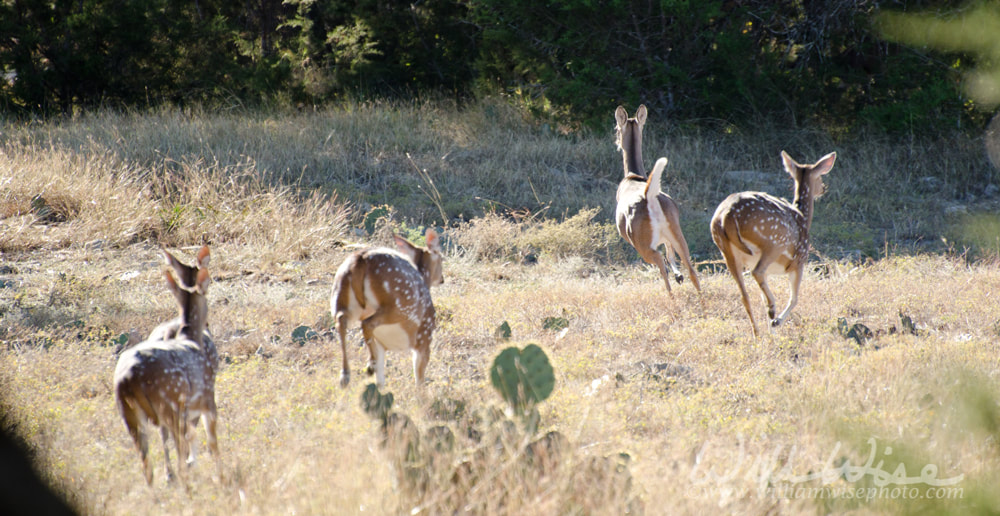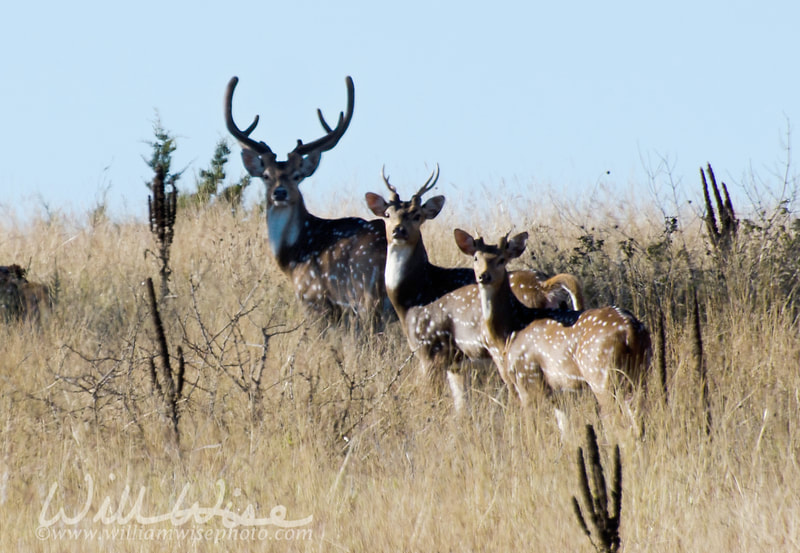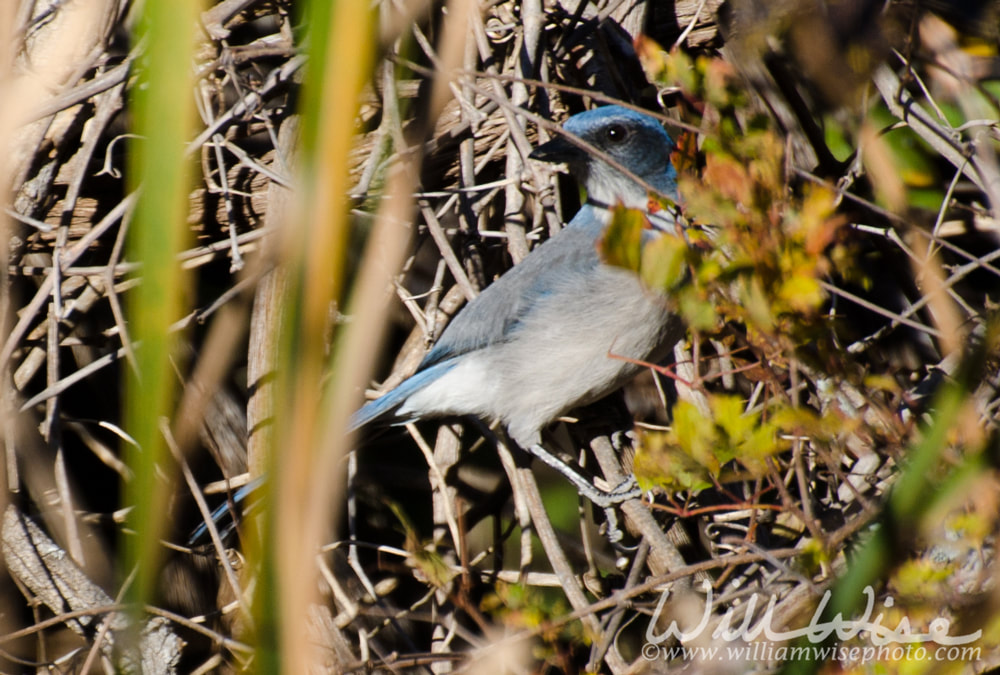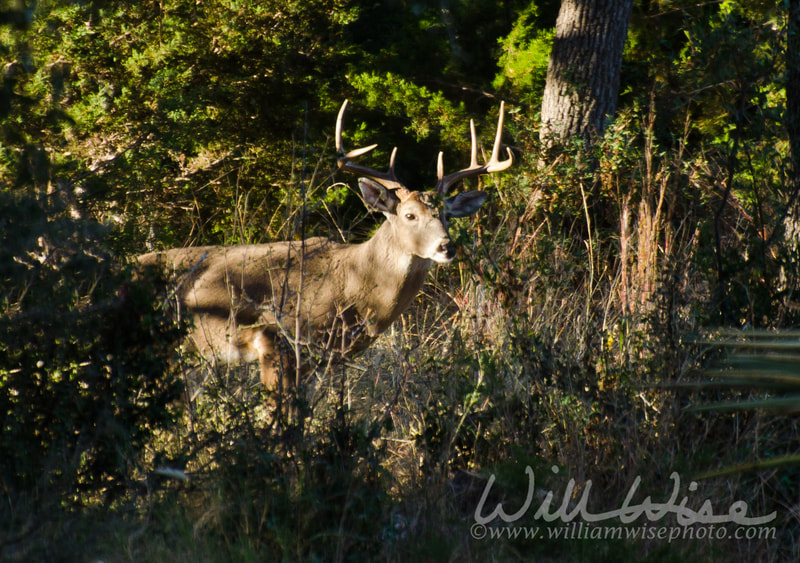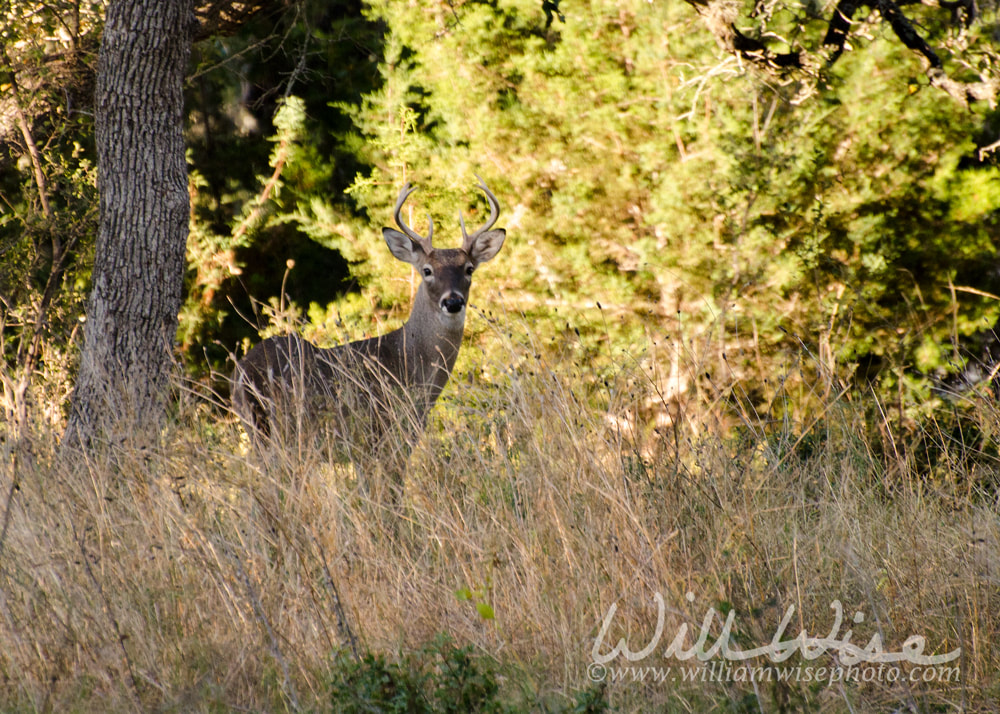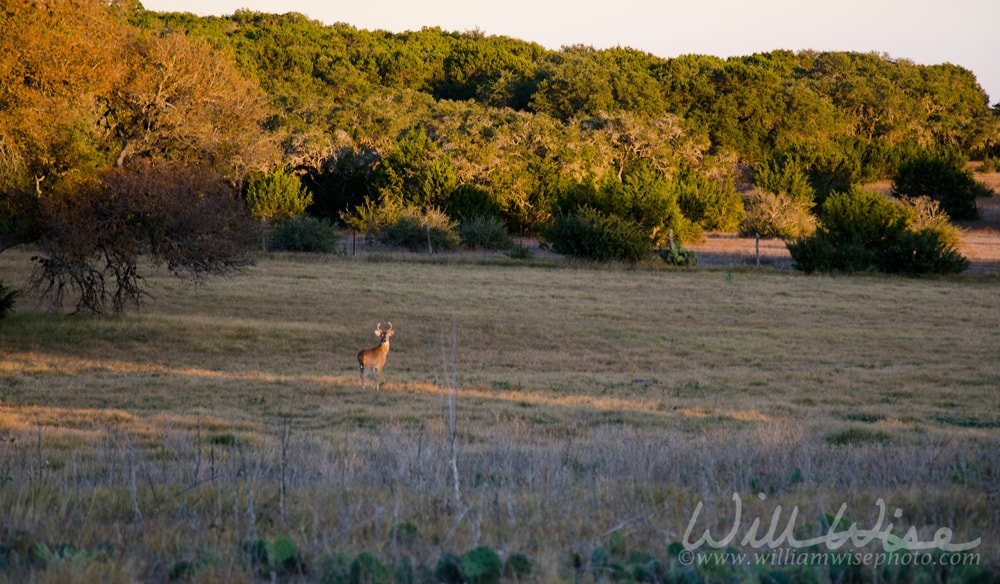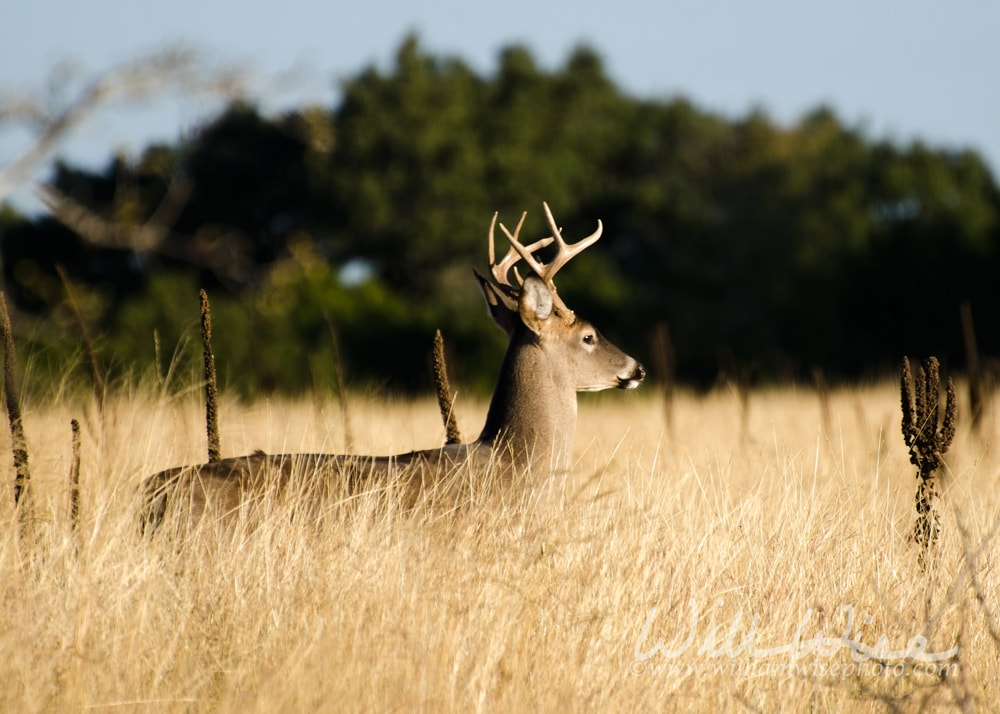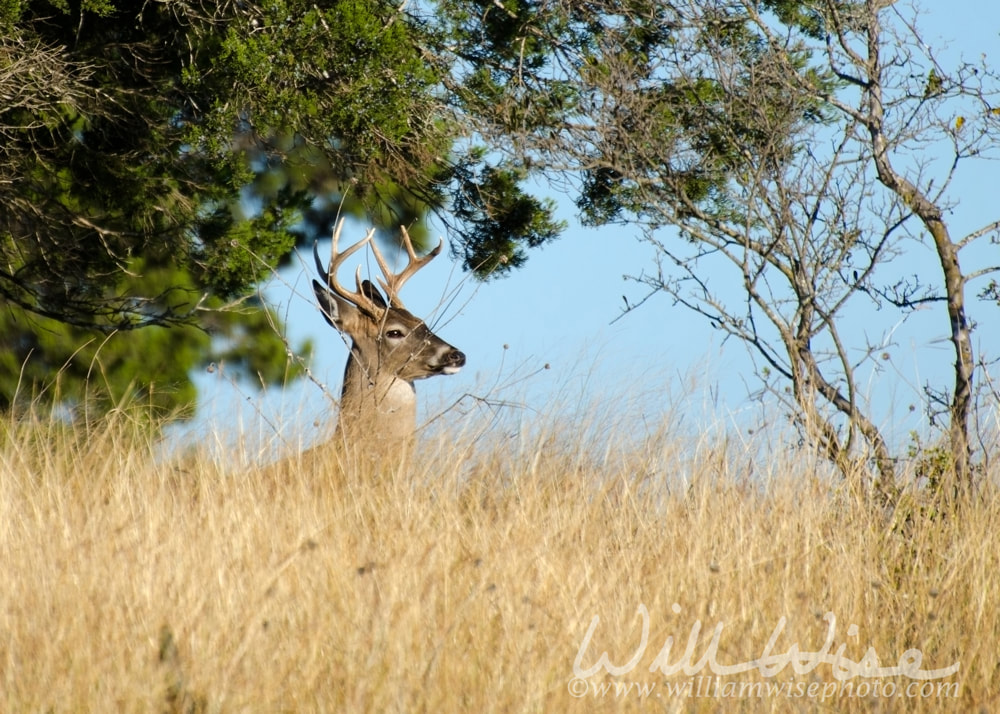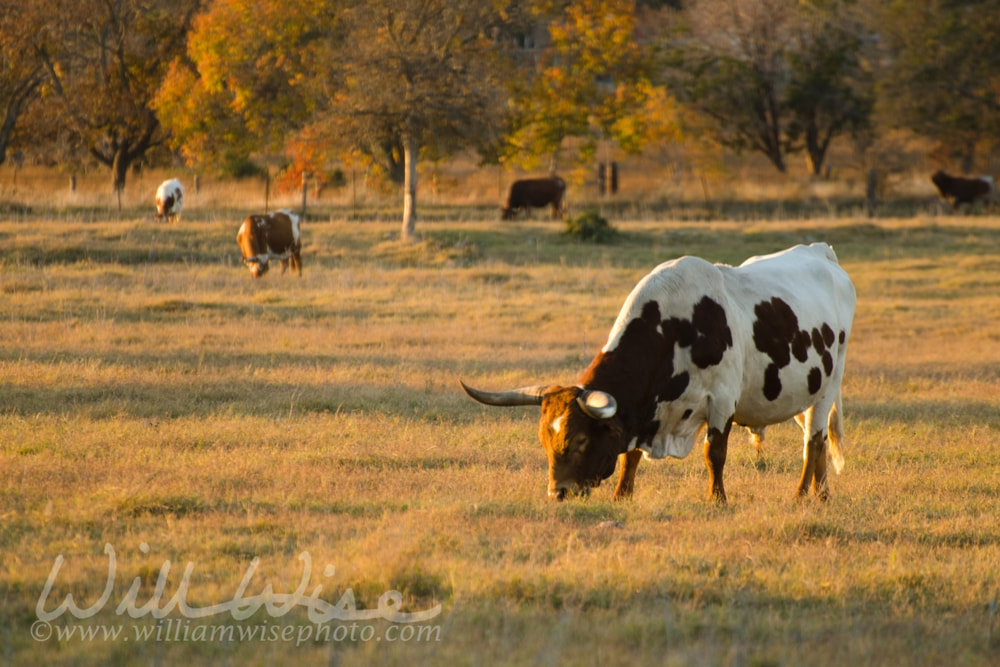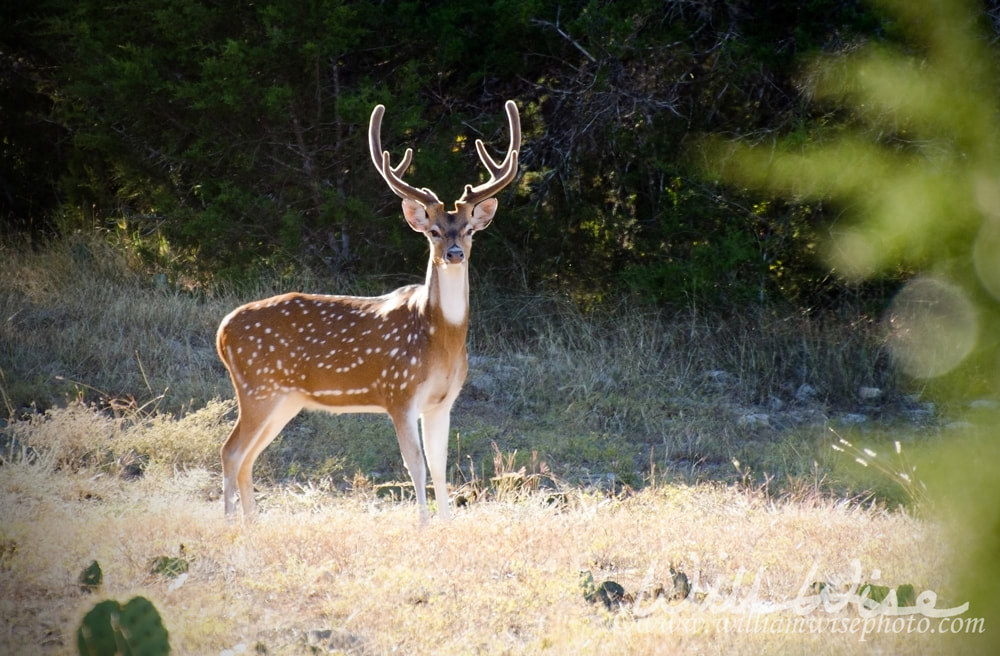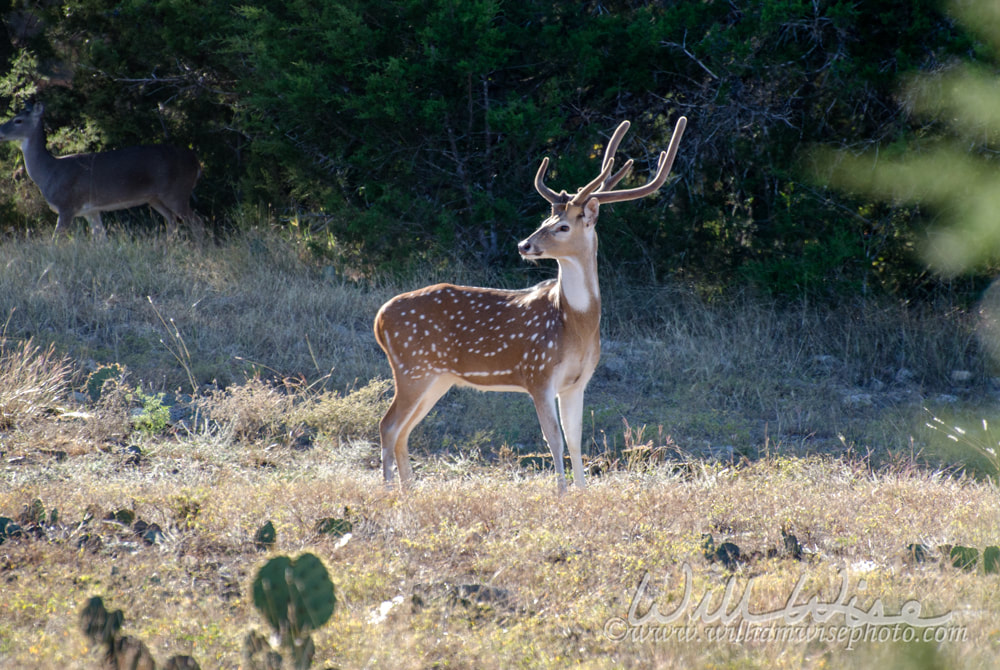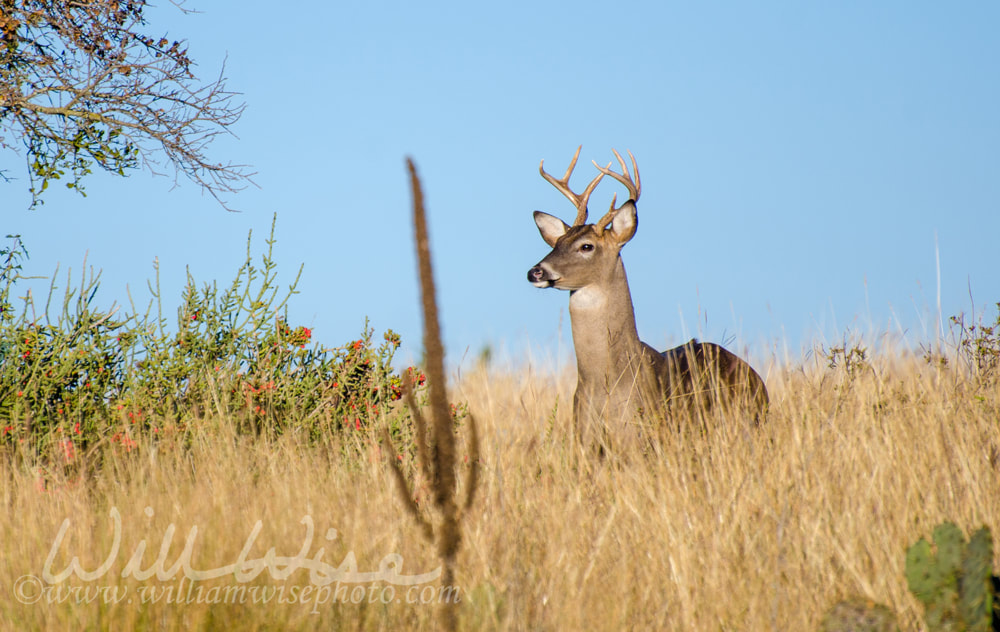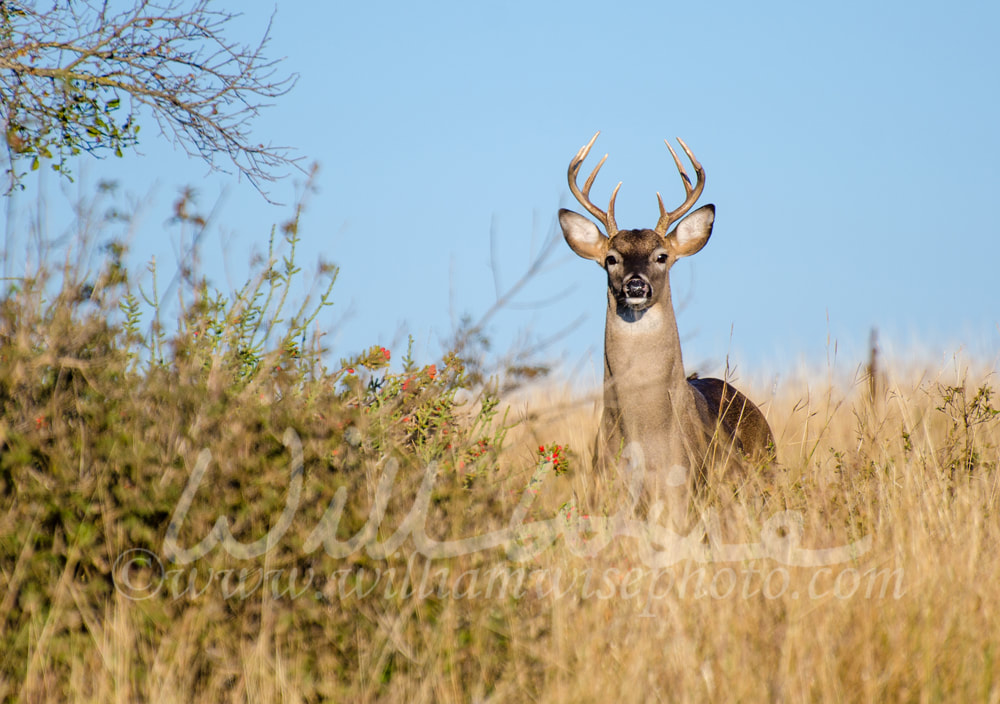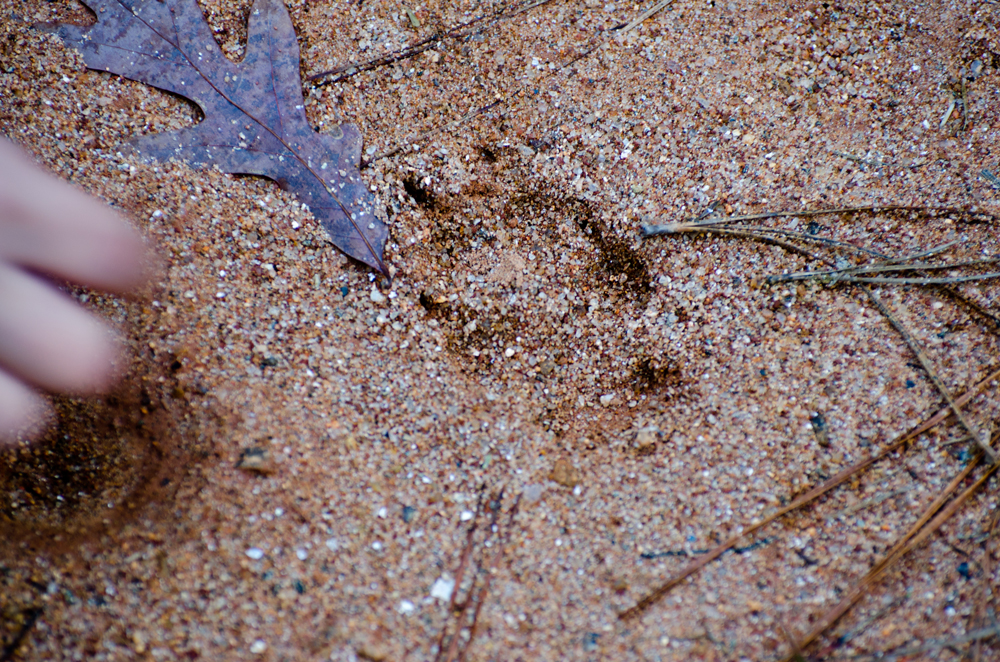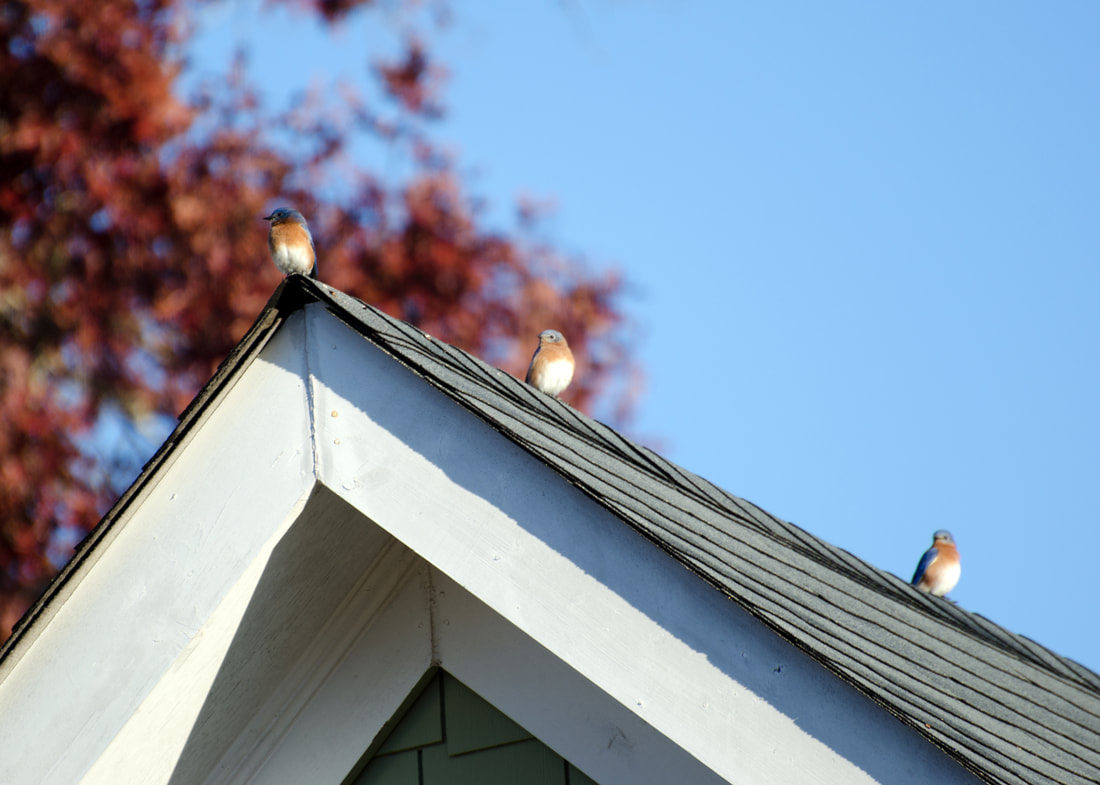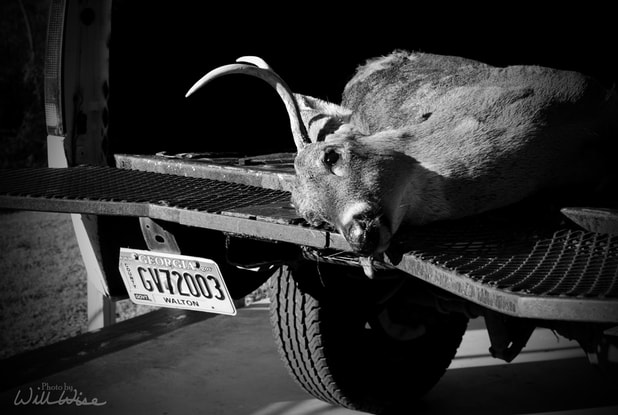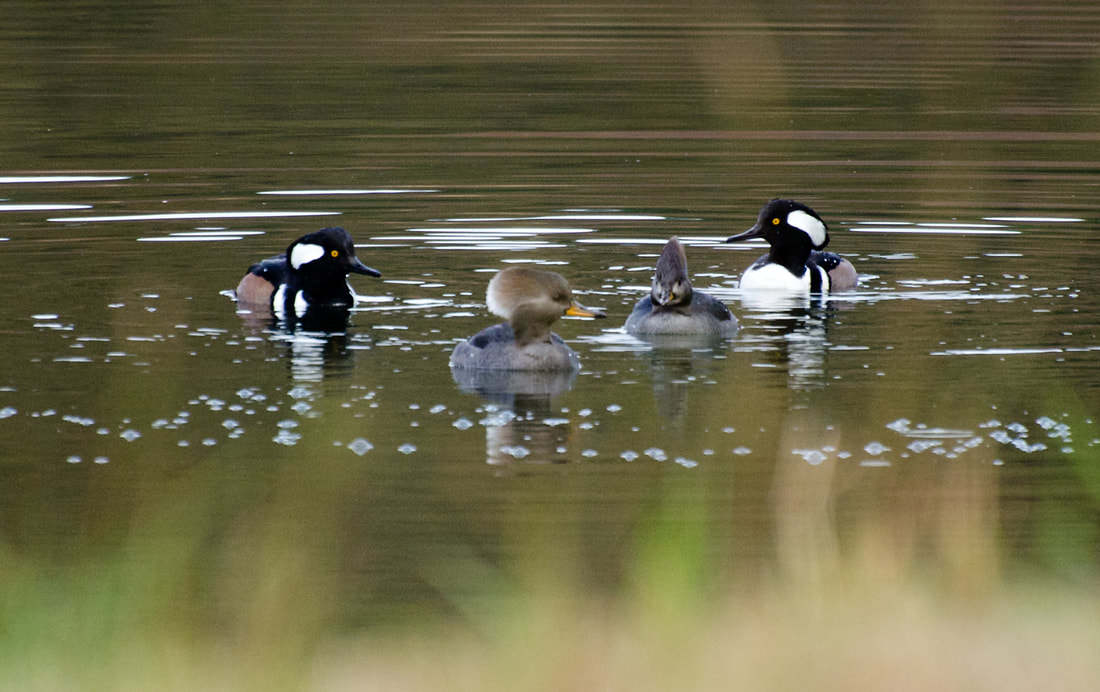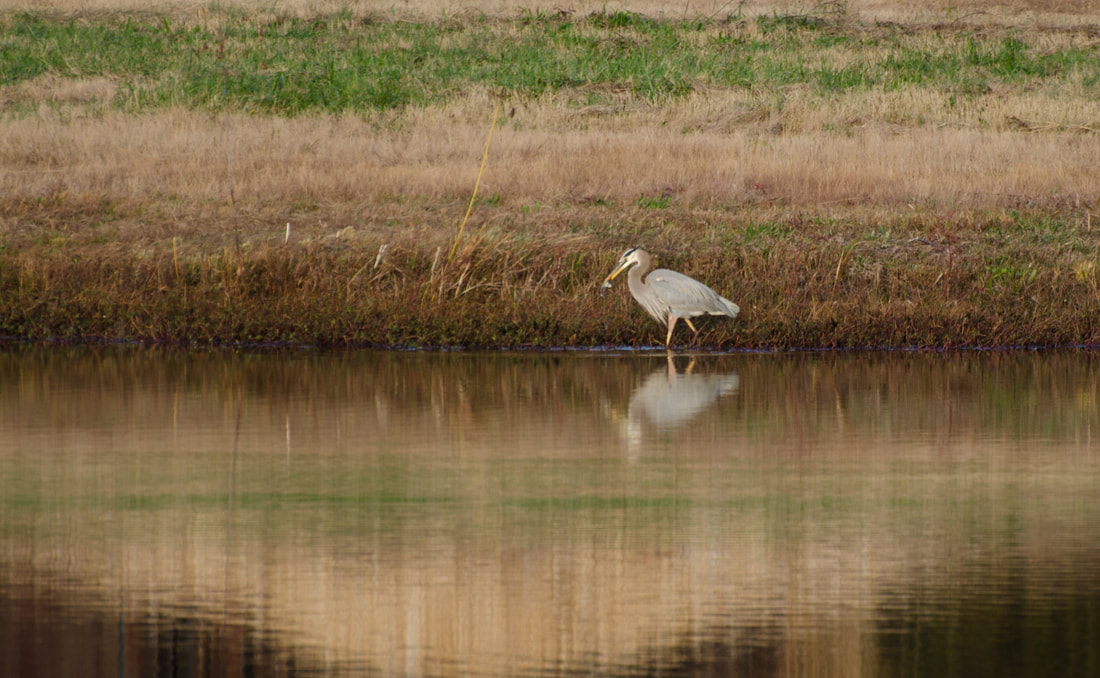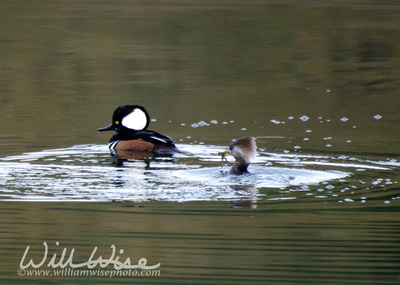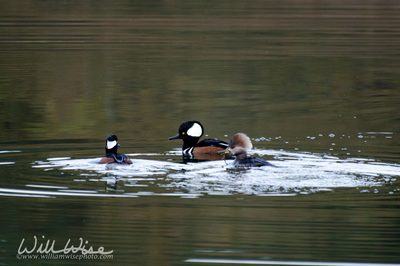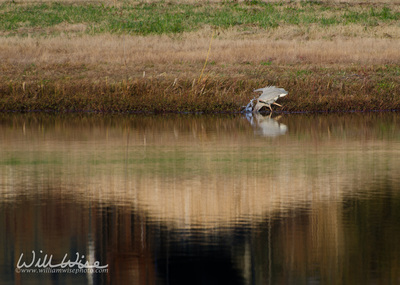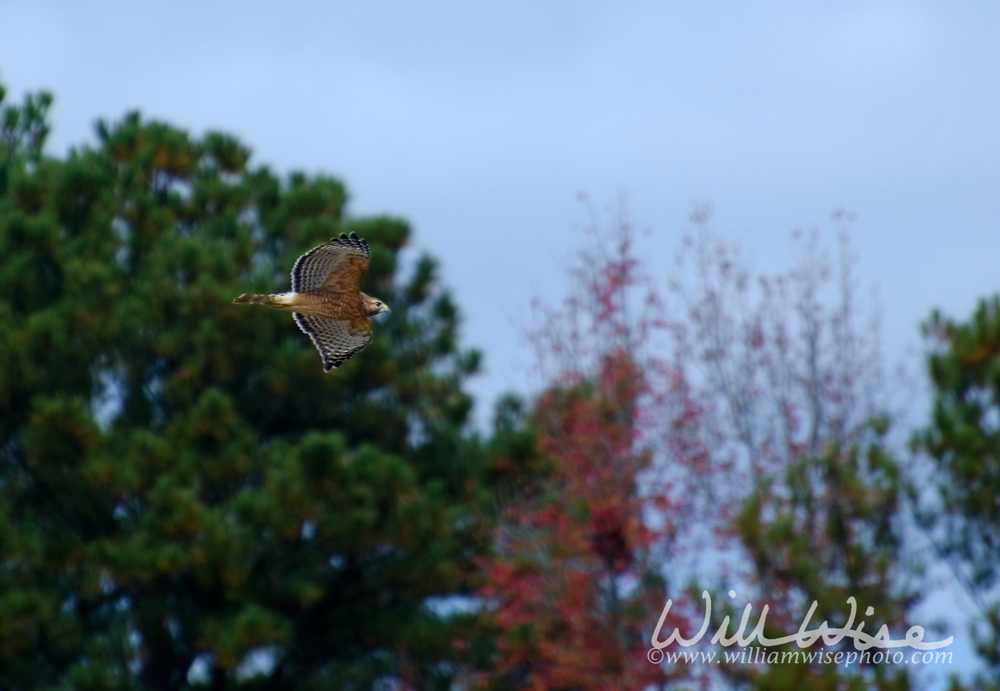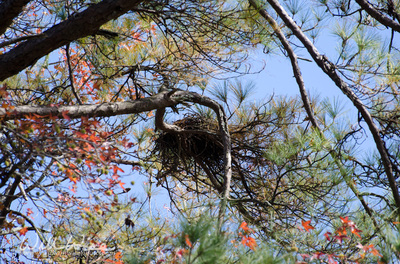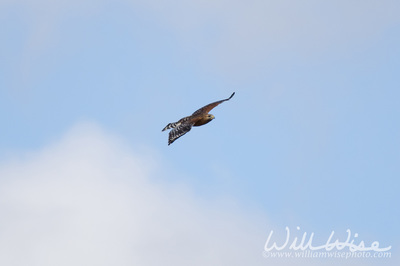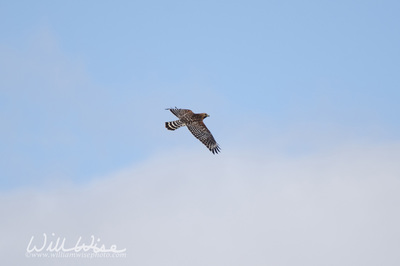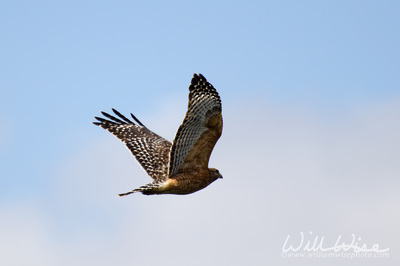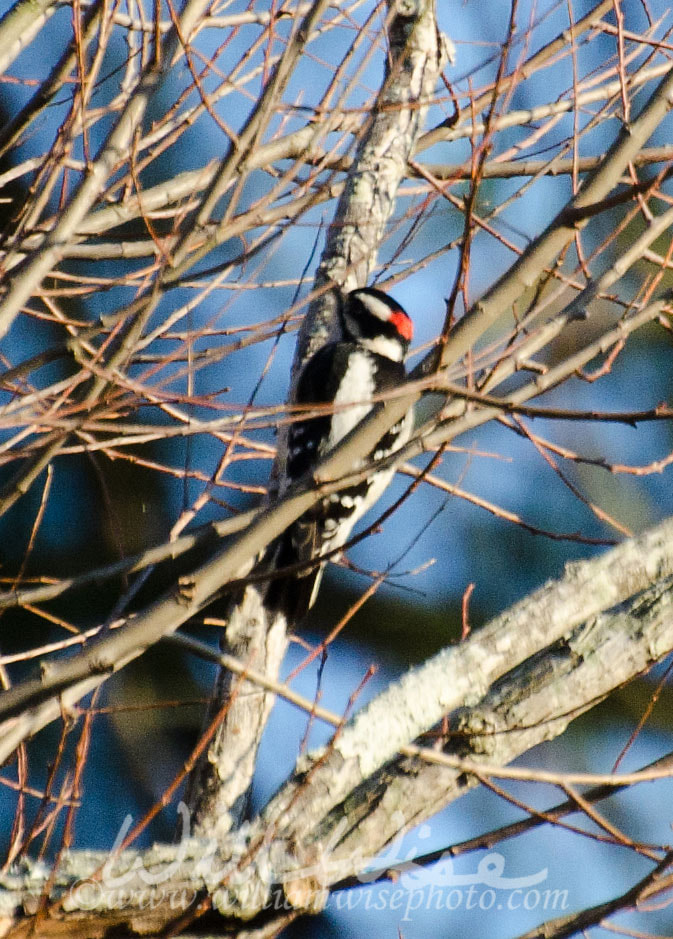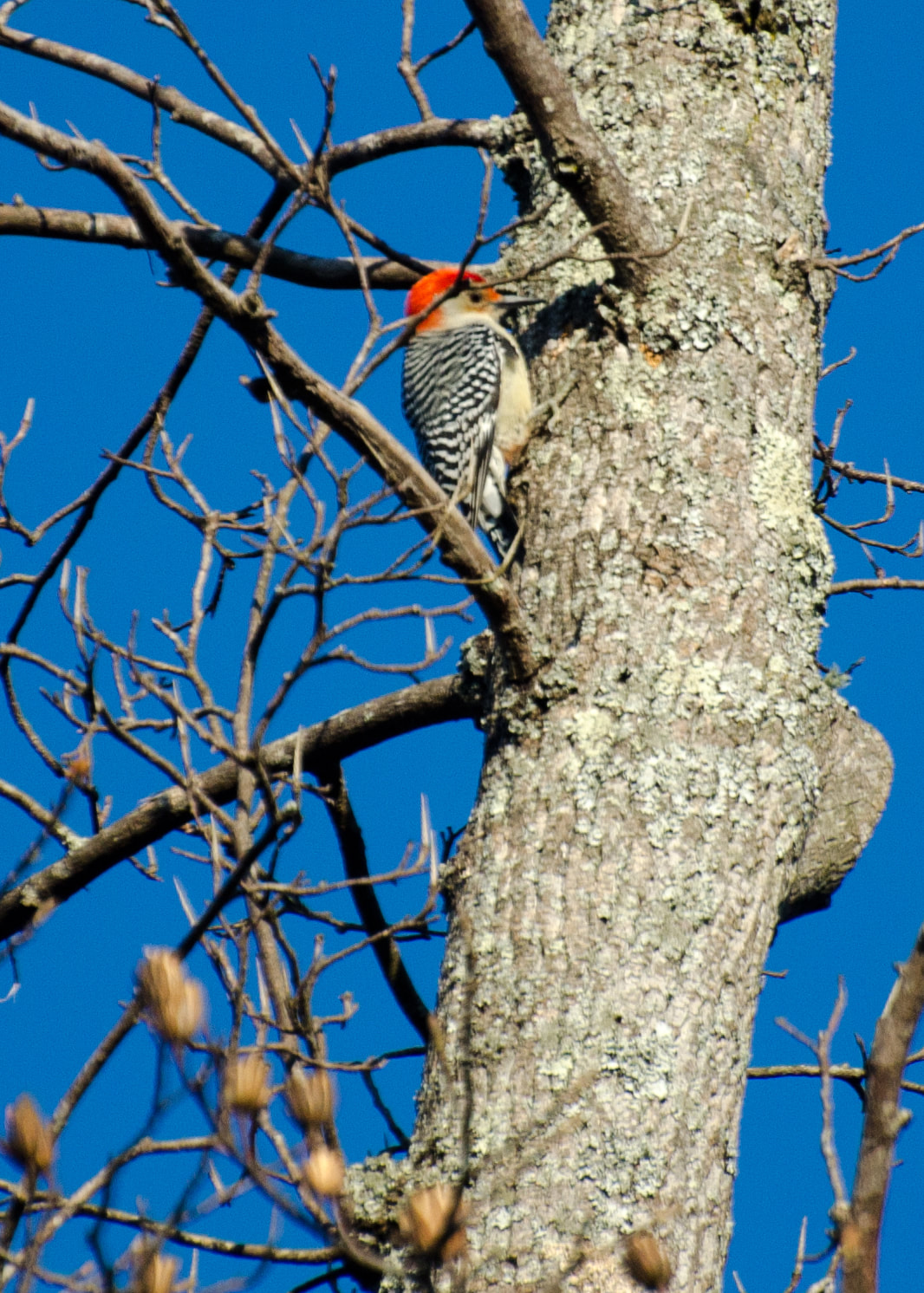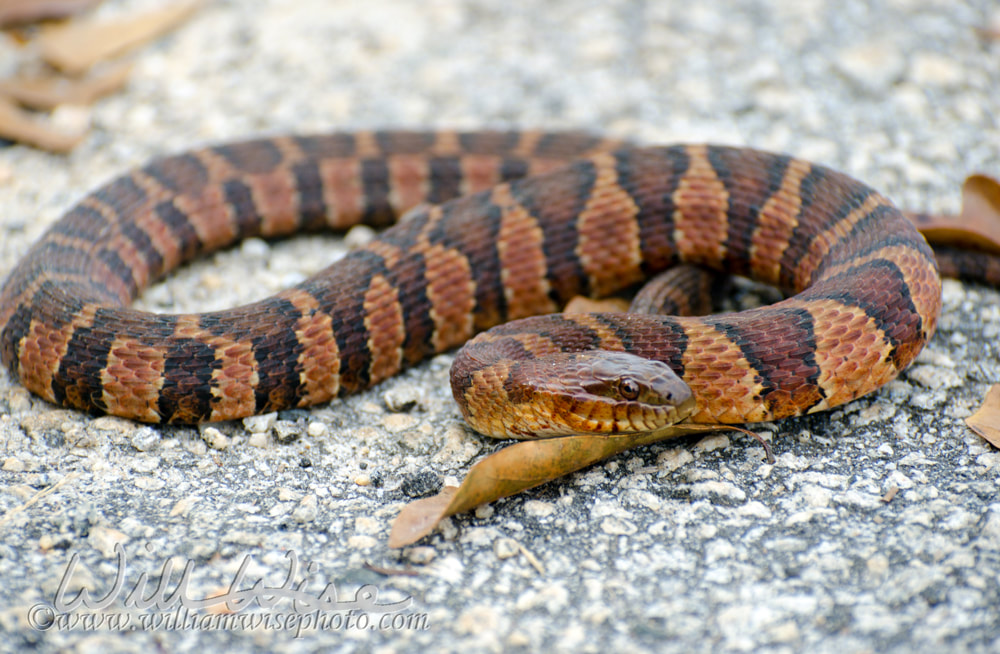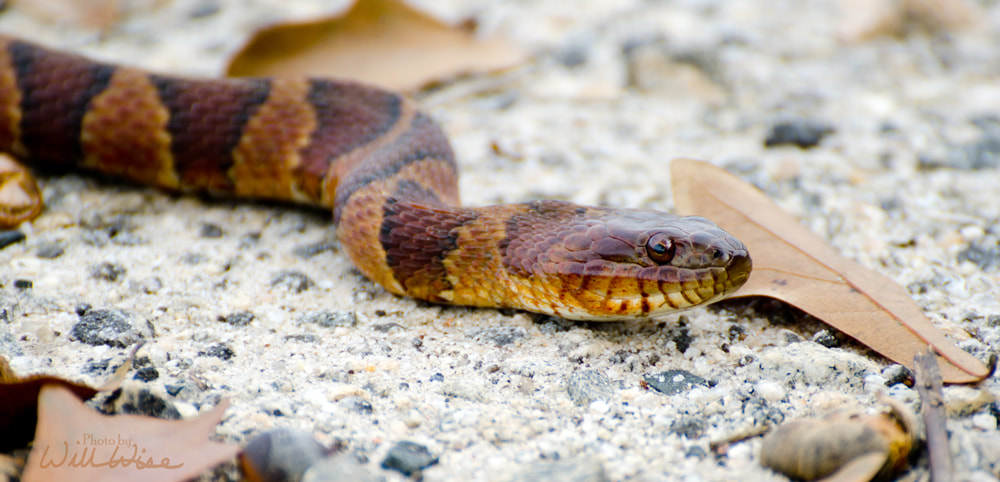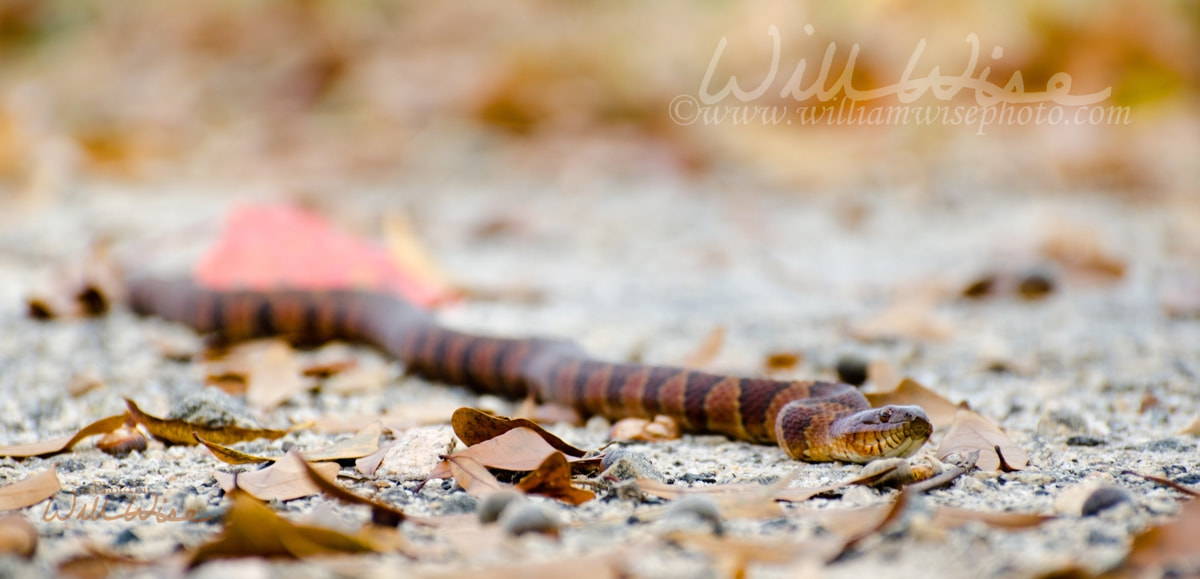|
January 19, 2013 – mostly sunny after several days of rain. Low 30 degrees warmed into the mid50’s by the afternoon. Amanda and I returned to the quiet little waterfowl refuge I had found in a Georgia Wildlife Viewing Guide. Its name, Dyar Pasture, is quite fitting. Riding down country roads past cow field after cow field, there pops up an easily missed M.A.R.S.H. Project sign at the entrance of yet another pasture. Turning in, tires rumbling over a cattle guard, two gravel ruts pass directly through an active pasture complete with cow patties to steer around and the occasional inquisitive cow staring in your car windows. Passing through the pasture and over the cattle guards is a small parking area. Walking down to the floating dock at the boat ramp, other than one basking turtle, the impound and the river were rather deserted. Leaving the observation platform on the east side of the impound, we walked North West beyond the trail end out onto the soggy ground of the impound. A few startled ducks startled us as they whistled swiftly from hiding places in nearby scrub. Despite the relative inactivity, several creatures were quite busy all the preceding evening coating all the vegetation in cotton candy webs without any specific form or structure. It was as if someone was a little late in taking down those phony patches of Halloween cobwebs. As we looped around to head back to the car, our attention was grabbed by flitting birds clinging to the sides of tree after tree. A Downy Woodpecker and a Yellow Bellied Sapsucker were quite busy knocking out their niche in the refuge.
0 Comments
1/4/13 – a Red-shouldered Hawk flew down right in front of my vehicle on S. Madison Avenue. It swooped down and grabbed a road kill squirrel from off the yellow line. His flight was much more laborious after picking up the squirrel as he was pursued by two cackling crows.
1/12/13 – Saturday, 10:45 AM; a feasting crew of about 15 Black Vultures huddled over a deer carcass along the road side in front of Whit Davis Elementary. 1/13/13 – 8:45 AM; a quick, small Red Fox darted in front of our car on Indian Hills Road on the way to open the church for Sunday morning service. I am so itching to go on an extended hiking trip. Backpack, bags, mats, gear all slowly purchased. But when? I have been a tad depressed because my plans to get away seem to be turning to dreams that will never be achieved. With all the duties and responsibilities of life, how can I really check out and go? Before I know it, Amanda will be grown, her interests will change, and I’ll lose my outdoor partner. So, my opinion as I write: all else aside, I don’t care, I’m going on an AT hike in May for my 40th birthday. I’m going! This desire to hike is fueling my diet and exercise. If I cast off my hiking dream, then I’ll probably go back to sedentary unhealthiness. On the way home I saw 3 crows hopping around focused on one spot on the ground. One jumped in, picked up and immediately dropped a long black ribbon. A Mockingbird threw in a dive and I immediately recognized the way of birds and snakes.
Throwing the car into reverse, the crows backed off and I could see a long, slender, 2 foot black snake with a solid white belly. A Black Racer. Since I saw him move, knowing he wasn’t dead, we jumped out of the car. Yes, it’s the way of nature, but my bias falls on the side of the reptile. Poor guy comes out on a December day, probably not to eat a bird or egg, but just to gather a little warmth. I wanted to free him from his cackling bullies. On closer look, blood was coming from his mouth and several spots along the body were torn open. Since I saw he could not be saved and was near lifeless, I decided to let nature have its course and leave him to their meal. They cannot be blamed either, for they knew he was the foe of their innocent babies in the nest, even in the eggs. We can create a watch, but God has created an entire universe; a perfect chronometer, the cogs of gravity spinning the wheels of orbits in perfect precision. Glory to God!
John Muir wrote in Travels in Alaska: “The care laden commercial lives we lead close our eyes to the operations of God as a workman, though openly carried on, that all who will look may see.” (chapter 15) Gemenid Meteor ShowerWatching the Gemenid meteor shower. Here again is depicted the grace of God: huge stones are hurtling toward earth, yet the atmosphere is so perfectly designed by Him to burn them up before reaching the surface and leveling a patch of civilization. What if the atmosphere were only slightly thinner? BOOM! And ignorant man… ignorant of his peril, and equally ignorant of God's wonders and grace, goes about his day not even knowing that the beauty of a meteor showing is playing out in the heavens above. Much less knowing its significance.
 William Wise Photo Nature Notes is a wildlife, birding and nature photography blog documenting the wonders of God’s creation. -- Psalms 50:10-11 For every beast of the forest is mine, and the cattle upon a thousand hills. I know all the fowls of the mountains: and the wild beasts of the field are mine. What a pleasure! Two Texas trips in one year. Thanksgiving is our usual and most favorite times to visit my folks in Driftwood, Texas. This trip I brought my camera and had the intent of getting out there for wildlife photography as much as possible. It paid off! A brief exploration on our trail that Amanda and I cleared through the green space in our neighborhood revealed some fresh deer scrapes and rubs on saplings. There was also a large deer track in the nearby mud. Near the fox den at the bend of the creek we discovered fresh scat and loose dirt recently pushed out of the den. Up on the wide path through the pine clearing we found coyote scat and tracks, making a plaster cast for our collection.
6:08 AM - While on the way to prayer meeting, a large antlered buck ran out in front of my car on Indian Hills Road in Athens, near the Eaton plant. It came out from the wood line toward the road, then turned and ran nearly alongside my car for about 25 feet, then turned back to its right and darted back into the woods from where it emerged.
7:45 AM - spotted a roadkill coyote laying just east of Simms Paving on Highway 78 at Bradley Gin Road. Too damaged to retrieve for skin or skull.  Creation Speaks is a Biblical teaching ministry that uses nature writing and photography to glorify our Creator and teach the truth of creation. “But ask the animals, and they will teach you, or the birds in the sky, and they will tell you; or speak to the earth, and it will teach you, or let the fish in the sea inform you. Which of all these does not know that the hand of the Lord has done this?" Job 12:7-9 God has revealed Himself in nature, in the Scriptures, and in the person of His Son. But where are the Christians who see nature the way William Bartram saw it? Even A.W. Tozer chided: “The idea that God reveals Himself in the creation is not held with much vigor by modern Christains” (Knowledge of the Holy, p 13).
The theories of Darwin have robbed us, along with the modern environmental movement which crosses the boundary into idolatrous nature worship, and have made Christians afraid to admire and write admiringly about this “glorious apartment of the boundless palace of the Sovereign Creator” as pre-Darwinian men like Bartram once did. Although many Christians do not regard the wonders of Creation, Tozer continues, “...it is, nevertheless, set forth in inspired Word, especially in the writings of David and Isaiah… ‘the heavens declare thy glory, Lord, in every star thy wisdom shines'…”. Why should we fear to publish our love and admiration for nature, His creation, with its “infinite variety of animated scenes, inexpressibly beautiful and pleasing, [and] equally free to the inspection and enjoyment of His creatures”? (Bartram, Travels, page 13). Friday, 7:43 AM – The fall roadsides frequently paint the picture that it was a tough night for the White-tailed Deer (Odocoileus virginianus). With the disappearance of wolves and large cats from the landscape, the deer’s only predator has become man, whether behind a rifle or behind a steering wheel. Over the last few weeks, I’ve spied several carcasses making wintertime fodder for the hosts of Black Vultures and Turkey Vultures now populating the countryside. Always interested in what I might find, I constantly scan the roadsides, but usually have no plans of stopping unless I see an antlered skull to add to my collection. Nearing the end of my 40-minute early morning drive to work, I spied a large brown body laying in the median near the truck stop on Highway 78… and there were antlers! I made a quick u-turn to verify, and then sped off to my office to get a pick up truck. DOA deer with antlers always disappear quickly here in Georgia. A few weeks ago a nice 6-point buck got his back leg hung up while jumping a wrought-iron fence. He was hanging face down, but was still alive. Before the police officer could arrive to end his suffering, there was already a small crowd of spectators waiting in line hoping to get some venison or a nice display rack. So I didn’t have much hope this buck would still be waiting on me in the median when I returned. Getting back and pulling up closer to the scene, I saw a large Fed-Ex 18-wheeler pulled over to the side and the driver standing in the median taking pictures. I thought for sure my deer would be taken from before my very eyes. “Are you gonna take him, or just takin’ pictures?” I asked. He saw the Animal Control decal on the side of the truck and assumed I was the authority sent to remove the carcass. “I’m the one that hit him!” he declared. “I came up through here last night around nine-thirty and he came out of nowhere. That’s my bumper over there”, he exclaimed pointing about 30 yards down the road. “Knocked his antler clean off and he left a good dent in my grill.” Looking closer at the deer, I saw what must have been a head-on collision had indeed broken one antler off his head right at the skull, reducing him to a two-point buck. Searching the median and roadside, the broken antler was nowhere to be found. It was either knocked clear back into the woods, or had been picked up by another motorist who passed by earlier than me. His missing antler was most likely the reason he wasn’t already carted off in another country boy’s pickup truck. After helping the driver carry his bumper back to his truck, I figured, “Why not?” and with the assistance of the package handler, loaded him up to get a one-antlered display skull. After a few months of allowing nature’s taxidermists to clean the skull, I retrieved it from my cache in the woods and began the final cleaning. I was amazed to see the damage from this head-on collision. The zygomatic arch under the eye on same side as the missing antler was broken in pieces. In fact, the upper and lower jawbones on that side of the skull were completely shattered. He had taken on that entire big rig with the right side of his face! As I sat gluing on the back of his skull, which had also been broken off in the impact, I began to contemplate. I fully understand that deer don’t have the full range of thought that we have, but I wondered what he was thinking as the darted across the highway in front of that truck. Was he too sure of himself and his fleet-footed speed? “I can outrun it! It will never catch me!” Was he an overconfident young buck disproportionately proud of new rack? “I can face this thing head on!” Did he lack fear and the realization of just what exactly this semi-truck could do? “It won’t hurt me.” Or did he simply misjudge the timing and make a foolish mistake? Whatever his reasoning, the consequences were fatal. How many of us, with full capacity of thought and judgment, and with a host of examples of the fatal collisions of others before us, still make foolish decisions? How many people’s lives are wrecked by sin as they boast, “It will never catch up to me. I can outrun it. I can take on this thing!” But in the end, there’s the fatal, traumatic impact upon life that always occurs. The crowning majesty of a deer is his rack. This young buck’s glory was broken by a lack of judgment. His skull now hangs in my office. Seeing his clearly lopsided visage, all who enter ask astonished, “What happened to him?” The sole antler sticking out the left side of his now imbalanced looking skull is a testimony to an imbalanced decision. How many people, by lack of proper judgment, end up in traumatic situations? Physical death may not always occur immediately, but the road of sin leads only one place: “In the day thou eastest thereof, thou shalt surely die.” (Genesis 2:17) Even if we are confident that we can outrun it, or proudly think we can face it head on, or poorly judge the outcome, a head-on collision with sin has only one result, and the glory with which God has crowned man is broken, leaving the testimony of wrecked lives evident to all. So teach me, God, “good judgment and knowledge.” Walton County, Georgia The Mergansers are back at the shelter pond! They are paired up and practicing synchronized diving as they resurface with mouth's full of green goodness. Also enjoyed a Blue Heron's fishing show.
Tuesday, 12:39 PM – Monroe, Georgia. A few weeks back I had watched a hawk sail and land in the wood line near Walton Pond 2 behind my office. My curiosity peaked, I went back by the pond, this time with my eyes up in the trees. Narrowing his landing down to a grouping of tall pines and Sweetgums, I didn’t find the hawk, but the possibility of its nest. Today’s sixty-one degree, partly sunny afternoon afforded some warm rays and I decided to go sit under that nest I had previously spied out. After sitting 30 minutes reading Bartram’s Travels and seeing nothing, lunch break was over and I headed back toward my office. Just as I neared the back of the shelter, out from the woods and right in front of my face flew a large hawk. But what kind? A Red-tailed or a Red-shouldered? As he circled over the pond, my initial clue to his identity was the bold black and white markings on the wings and tail. No more need be known; I was looking at a beautiful Red-shouldered Hawk (Buteo lineatus). The black and white banding on the tail being the “tail-tell” sign. The Red-tailed Hawk (Buteo jamaicensis), being appropriately named, sports a red tail that lacks the bold black and white banding. While the banded tail tells all, there are also several other differentiating clues. The Red-tailed Hawk, also common in this area, is a bit larger. Besides the tail being red, it is also much shorter than his Red-shouldered cousin’s tail. On September 29, 2012 as I was studying to better my skills at identifying hawks, a gorgeous Red-tail perched on a snag across from my house in Athens, Georgia, affording me a living illustration. His shorter red tail could be clearly seen as he sat with his back toward my front porch where I sat with a cup of coffee in one hand and Wheeler and Clark’s “Photographic Guide to North American Raptors” in the other.
The chests of these two raptors can also give a clue to their identities. As the hawk circled over the pond behind my office and rose higher into the air, I could discern the distinctly reddish-orange barred chest characteristic of the Red-shouldered Hawk. The Red-tailed Hawk possesses a darker streaked belly band just below a usually bare chest. The size of the nest I had earlier observed was also a clue to this hawk’s identity. According to the Cornell Lab of Ornithology, the Red-shouldered Hawk’s stick nest is about 2 feet in diameter and lined with bark, lichens, and conifer sprigs. The Red-tail’s nest is larger, being a tall pile of dry sticks up to 6.5 feet high and 3 feet across. If all these clues weren’t enough, a study of the habitat in which I observed this hawk would be another clue to his identity. Red-tails usually occupy open habitats such as grasslands, pastures, and fields. Red-shouldered Hawks are forest raptors and tend to live in open sub-canopy stands near water; perfectly describing the pond and woods behind my office. After buzzing my face and circling the pond, my Red-shouldered Hawk disappeared below the horizon back near the grove of trees near where I had been staking out the nest. Perhaps, before I disturbed him, he was sitting and watching the banks of the pond to make a meal of the Northern Watersnake I had seen just the afternoon prior. Imagine, I sit below a hawk nest for nearly an hour and see nothing, only to be nearly hit in the head by him while walking back indoors! Walton County, Georgia Later one afternoon, I could hear from my office a peculiar churrrrrr of a woodpecker chiding someone or something. Going outside I spied a flash of black, white and red flitting in the trees. The bright red mohawk quickly clued me in that I had spied a Red-bellied Woodpecker. But if the head is red, why isn't it a Red-headed Woodpecker?
The Cornell Lab of Orinthology writes, “Their strikingly barred backs and gleaming red caps make them an unforgettable sight – just resist the temptation to call them Red-headed Woodpeckers, a somewhat rarer species that's mostly black on the back with big white wing patches.” The Red-headed Woodpecker has nearly an entirely red head, while the Red-bellied Woodpecker has a wide red mohawk. If you look closely, there is a red hue on its belly, thus giving it his name. I ran back inside for my camera. Upon returning outside, the Red-bellied Woodpecker was gone, but I found the object of his previous chiding churrrrrrs. Another, but smaller, flash of red, black and white was pecking away higher up in the branches of a pine snag. Only until I could get a close up view in the LCD of my Nikon could I see the short bill of a Downy Woodpecker that differentiates it from the similar Hairy Woodpecker. So confusing! Walton County, Georgia Monday, 12:40 PM - I always consider it “my lucky day” when I discover or stumble upon a reptile, particularly a snake. This afternoon, the sun was sending warm rays through the cool, partly cloudy sky and presenting a beautiful sixty-one-degree fall day. I left the confines of my office at lunch break and was planning a short stroll up to the pond. But not even 50 feet out the back door of my office, I spied an odd looking “stick” laying across the access road. Sure enough, it was my lucky day! This cunning “stick” was about two-and-a-half feet long. The base color was a rich copper, broken by dark-edged bands of burgundy. Examining from a distance, and with a heightened level of excitement which sometimes lends to fantasy rather than deliberate investigation, the copper color and saddle-like bands toward the front of the snake had me thinking I had stumbled upon what I had been desiring to encounter all summer: a Copperhead. But making a more calm, closer examination down the length of the body, I could see the bands breaking up toward the back half of the body indicating one thing: Nerodia sipedon, Northern Watersnake. There are several species of Nerodia found in Georgia. They typically inhabit a variety of aquatic habitats such as ponds, lakes, marshes, rivers and streams and primarily feed on amphibians and fish. They are often seen basking on banks of rivers or ponds or craftily hang out on branches overhanging the water. Noticing that his initial relaxed position was now tensing into slight curves along his body, I knew he too had seen me. I raised my camera to get a few shots from a distance should he quickly shoot off either side of the road into the edge of the woods or into the pond. But there he lay, subtle as can be, not moving an inch, except for the gradual tensing of his muscles. I was able to walk quite close by and made a loop around him to the edge of the road where I could squat and get some eye-level photographs. He lay perfectly still, perhaps repeating in his not-wanting-to-be-noticed reptilian mind, “I’m a stick. I’m a stick. I’m just a stick.”
Desiring a different pose, I approached him and gently tapped his tail with my foot. Instantly he assumed the dreadful defensive position and feisty, aggressive attitude by which this species, and most watersnakes, are known. He assumed the most perfect coil giving him the advantage of maximum striking distance. His body flattened out, making him appear much more heavy bodied and Cottonmouth-ish. After a few calculated and precise strikes at my boot and leg, he decided retreat was in order and quickly shot his way down the bank, winding toward the pond where, diving into the water, he disappeared into the watery vegetation on the edge of the pond. No doubt he will be back out again on another warm day, craftily disguised as a stick on the bank of the pond. Truly, it was my lucky day. November 11, 2012, 8:45 PM - Amanda spotted 3 deer crossing from a neighbor’s yard; 1 doe and 2 fawns. They slowly sauntered across the road, hooves clicking on asphalt, before disappearing in the wood line two houses down. These are most likely the family we frequently see in our area, though now grown bigger and browner.
|
Categories
All
Archives
September 2025
|
|
All content is ©williamwisephoto.com. Please don't steal images. My images are available at dreamstime.com. Stock sales go into the shelter photography program.
|
In December 1993 I came to know the Designer and Creator of this wonderful planet and its creatures: Jesus Christ.
|
Donations help support the animal shelter adoption photography equipment and adoption website hosting and domain fees. Thanks for your support!
|

